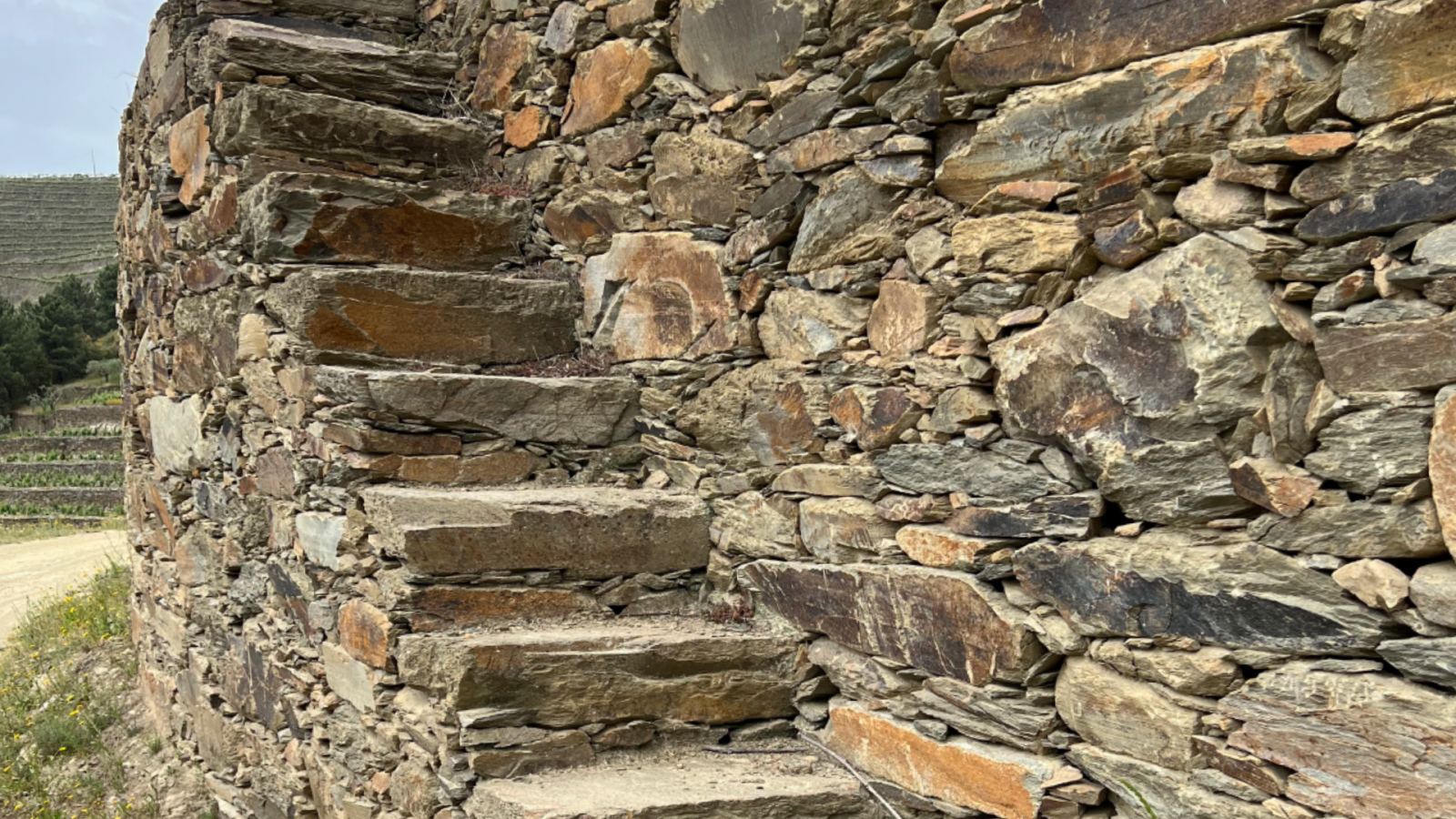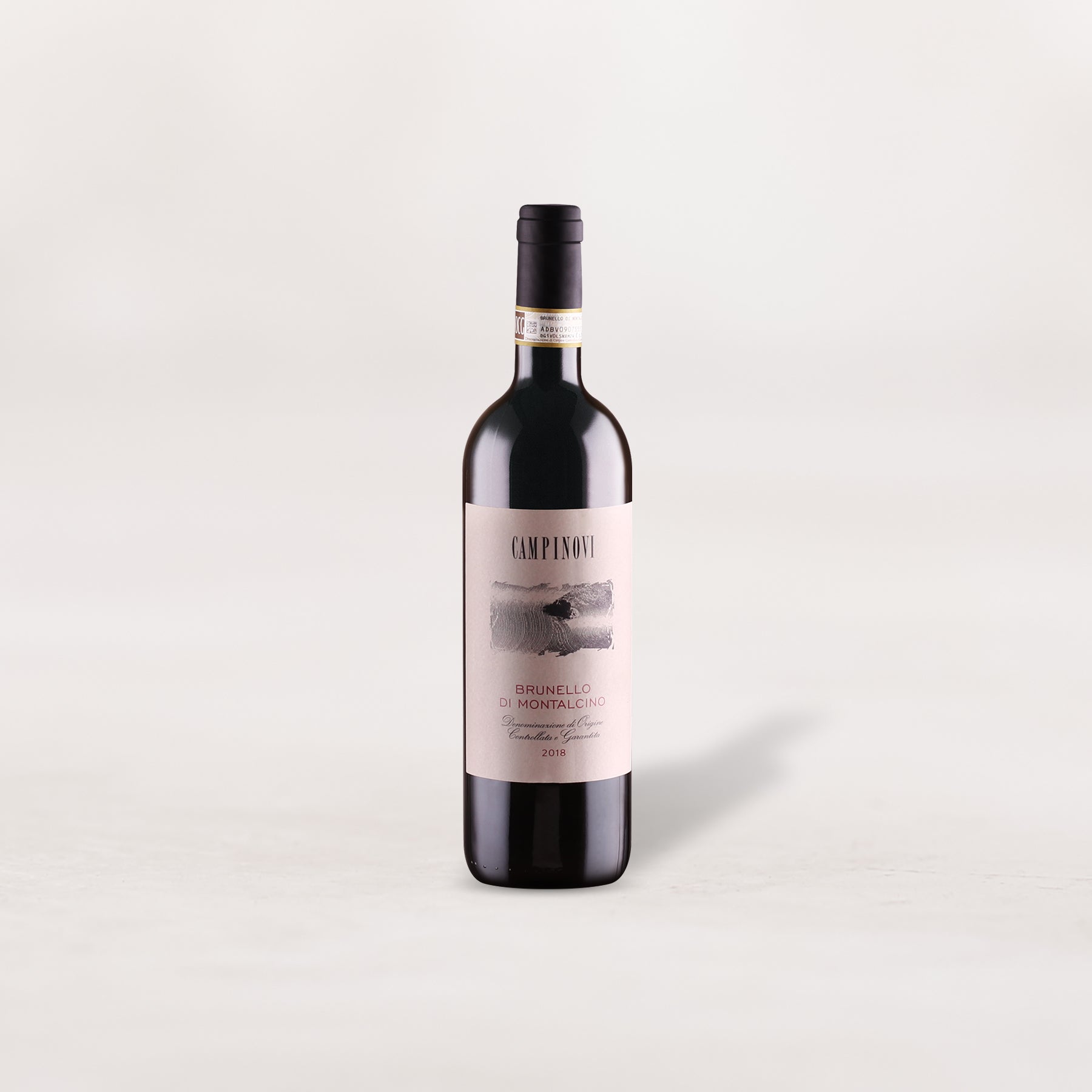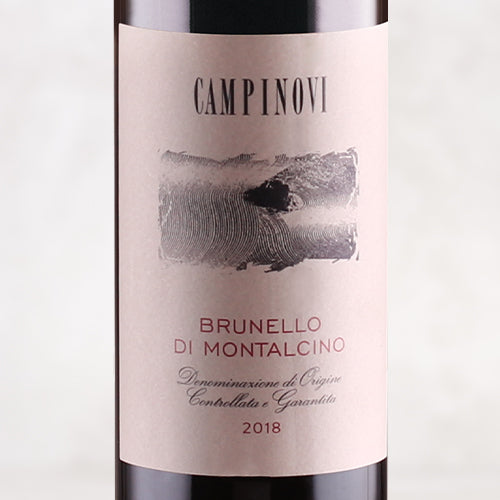Wine Word of the Month: Schist
This multilayered metamorphic rock, similar to slate, is found in celebrated wine regions such as the Douro in Portugal and Priorat in Spain.
If you’re a member of our Explore 4 Wine Club, or even if you’ve just been following along with us on social media, you know we’ve been hyping the wines of Portugal’s Douro Valley. Historically known for its sweet, fortified Port wines, the Douro has lately embraced dry reds and whites that provide an even more transparent look at this historic terroir. And an important piece of that terroir? Schist.
Called xisto in Portuguese, schist refers to metamorphic rocks with visible traces of minerals, including mica, feldspar, and quartz. The distinctive characteristic of schist is its layered structure—the result of the transformation of shale and clay-rich rocks under high pressure and temperature, which gives schist its unique texture; provides an array of colors (depending on mineral content); and often crumbles easily. Ultimately, there isn’t a single type of schist in the Douro, but a wide range of schists derived from shale, gneiss, and other rocks.
Underneath most of these Douro schists is granite, which helps retain what little rainfall the region sees during the growing season. Experts believe schist is a key to understanding the wines, which undoubtedly exhibit a “mineral” character. There is often a pronounced rock-dust quality to the tannins in the red wines, but while minerality is ultimately an abstract concept, the low fertility of the rocky soils ensures low vine vigor and thus smaller quantities of more concentrated grapes.
One of the most significant impacts schist can have on a wine region is its ability to retain heat. With a low water retention capacity, schist heats up quickly during the day and releases the heat slowly at night—helping to ripen grapes more effectively, often resulting in more intense and complex wines.








